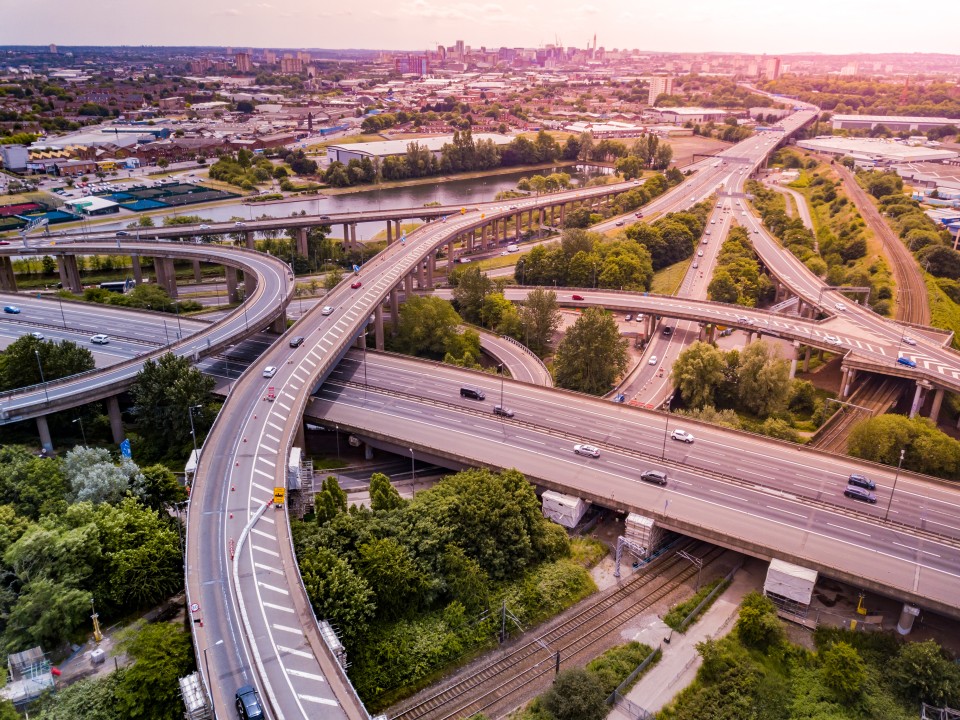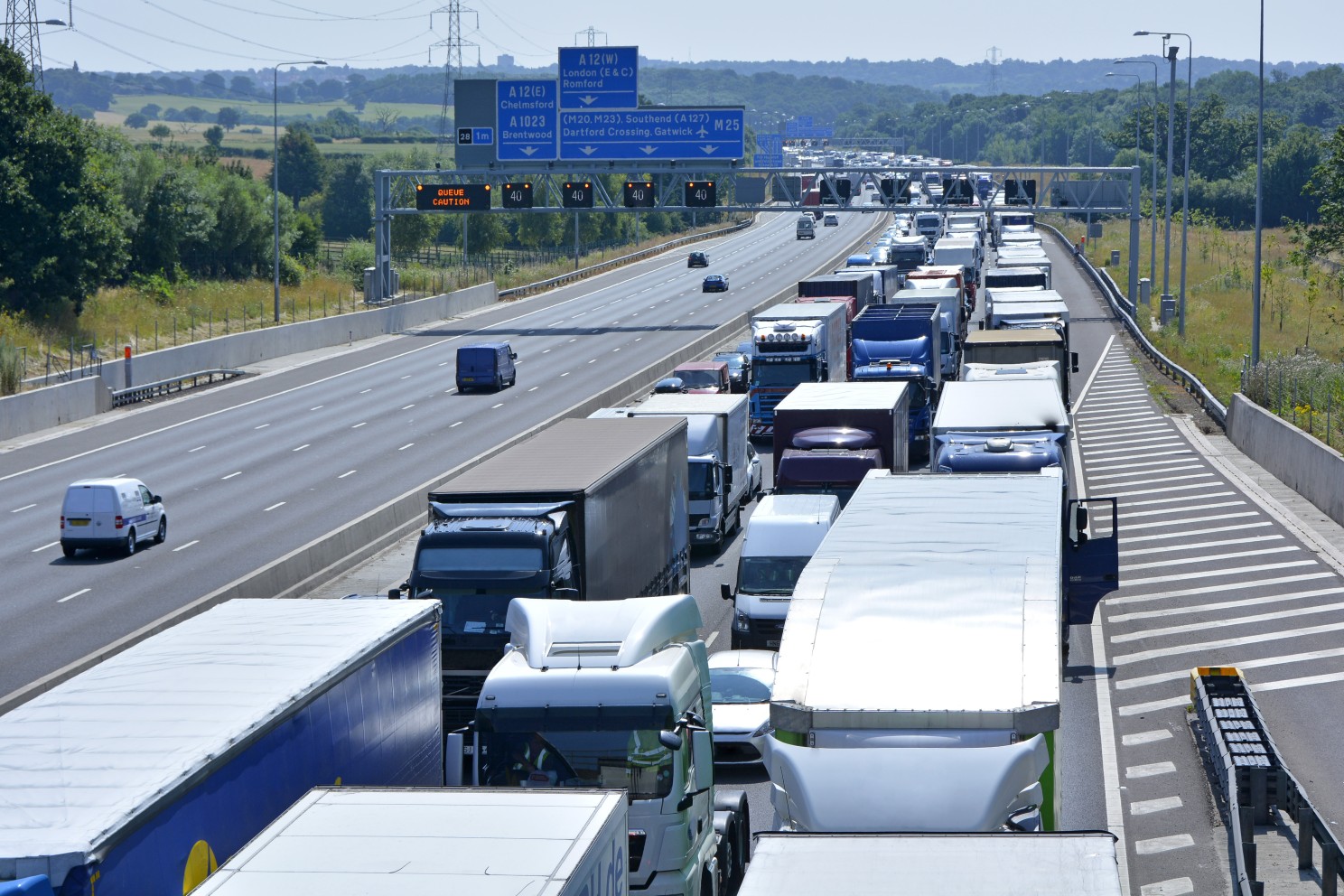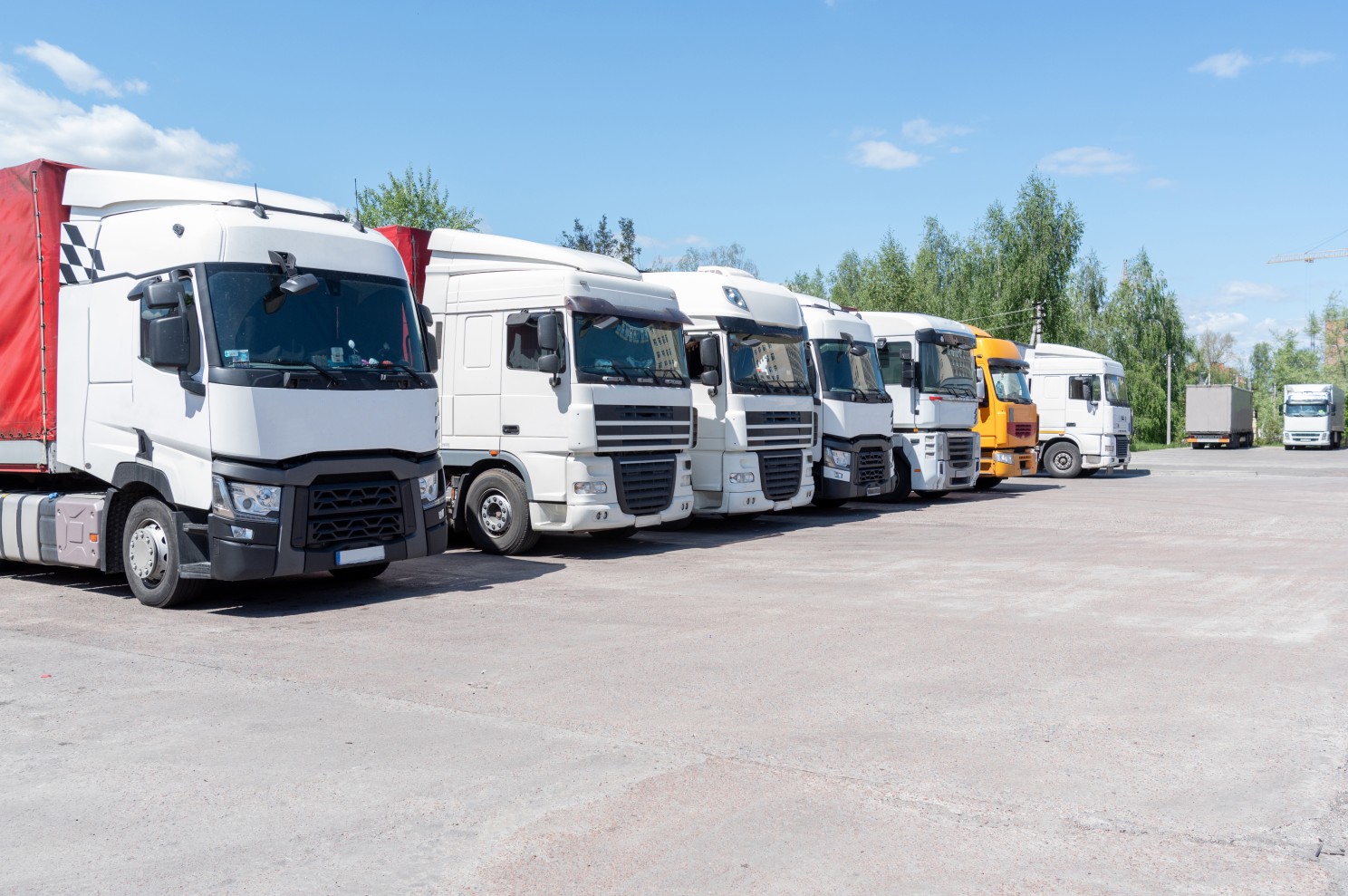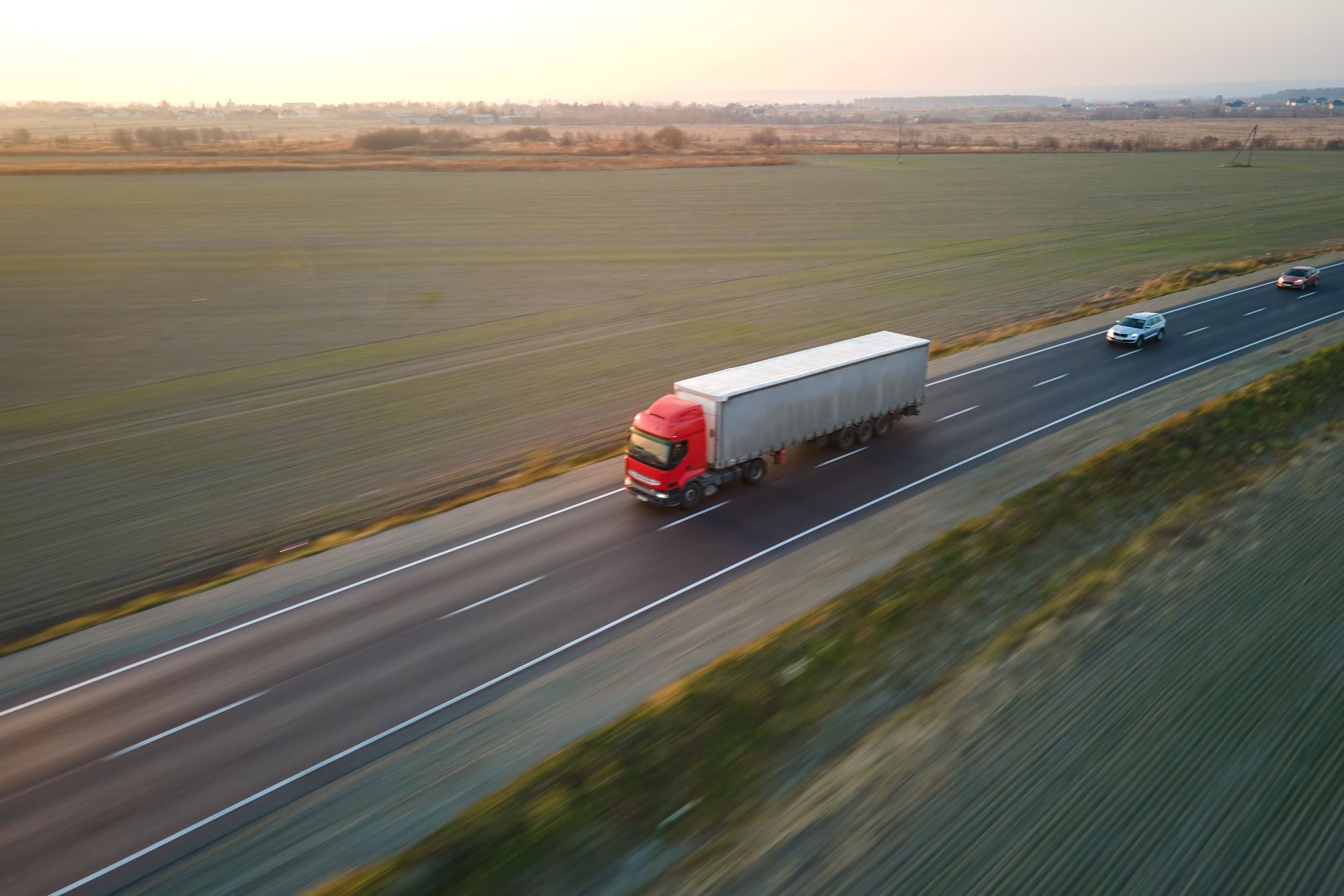
Susie Jones
Netværk Nord: Hvordan vil det gavne lastbilchauffører?
Oprettet: 12.08.2024
•
Opdateret: 12.08.2024
I begyndelsen af oktober annoncerede regeringen sin plan om at skrotte HS2 og omdirigere midlerne til at forbedre landets transportinfrastruktur - et projekt kendt som Network North. Projektet vil give 36 milliarder pund til at forbedre de store veje, som er blevet et stridspunkt for chaufførerne. Meddelelsen overraskede mange, men hvad betyder det for de lastbilchauffører, som kører på disse veje i en uendelighed?
Eksisterende vejforbedringsplaner
Regeringen vil øge finansieringen af de fleste eksisterende større vejnet og store lokale vejprojekter. Disse projekter vil gå fra et bidrag på 85 % til 100 % for at sikre, at de bliver gennemført. En liste over vejforbedringsordninger er tilgængelig på gov.co.uk. Ekstra midler til disse ordninger vil forbedre vejenes effektivitet i hele landet.
Strategiske vejnetordninger
Det strategiske vejnet har til formål at reducere trængslen og sikre en mere smidig rejse for dem, der bruger vejene ofte. Et velkomment fremskridt for lastbilchauffører, hvor det at sidde i stillestående trafik er blevet normen.

Den nordlige del
M6-afkørsel 15 - Som en af de travleste vejstrækninger i Storbritannien og brugt af over 127.000 køretøjer om dagen, har den længe lidt under kraftig overbelastning og uforudsigelige rejsetider. De snævre hjørner på tilkørslen har vist sig at være en udfordring for lastbilchauffører - hvilket har forårsaget væltninger og øget trafikforsinkelser. De lovede ændringer skal reducere trængslen og forbedre sikkerheden i krydset.
To Manchester North West Quadrant-projekter - M60 har 180,00 daglige rejser fra pendlere og langdistancekørere. Northwest Quadrant-projekterne sigter mod at omgå J12-J18 og ombygge krydsene 12, 13 og 14. Andre tilføjelser, som f.eks. en forbindelsesvej til A57 og kapacitetsforbedringer i kryds 9, 10, 17 og 18, vil forbedre trængslen og rejsetiderne.
A1 mellem Morpeth og Ellingham - Den 12,8 kilometer lange strækning har været plaget af udviklingsforsinkelser, siden den blev foreslået. Men Network North-projektet har til formål at sætte gang i udviklingen ved at udvide vejstrækningen - og dermed forbedre rejsetiden, sikkerheden og robustheden.
Midlands
A5 mellem Hinckley og Tamworth - Selvom der endnu ikke er offentliggjort yderligere detaljer, er det blevet antydet, at afhjælpning af trængsel vil være en vigtig del af deres planer.
Forbedringer af A50/A500-korridoren mellem Stoke og Derby - Med gennemsnitlige hastigheder i myldretiden på under 20 km/t har denne rute vist sig at være langsom og upålidelig for lastbilchauffører og pendlere. Network North-planen vil sandsynligvis:
Skab 17.760 nye arbejdspladser inden 2061
Se en 21.538 befolkningstilvækst i området inden 2061
Se en stigning på [12,04 mia. pund] (https://www.midlandsconnect.uk/projects/roads/a50a500-corridor/) i GVA (bruttoværditilvækst) i løbet af de næste 60 år.
South East
- A2 Brenley Corner - Network North er kendt som Kents mest overbelastede vejkryds og lover at investere i dette område - fantastiske nyheder for lastbilchauffører, der kører til Dover. Yderligere detaljer om udviklingsplanerne er endnu ikke frigivet. Planer om at forbedre Brenley Corner har dog været diskuteret siden 2021.
Skotland
- Forbedringer af A75 mellem Gretna og Stranraer - A57 har hårdt brug for en ny kanal, da lastbilchauffører i øjeblikket er begrænset til en hastighedsgrænse på 40 miles i timen, hvilket forårsager kødannelser og lange forsinkelser. Som en afgørende færgeforbindelse mellem Nordirland og Storbritannien vil lastbilchauffører, der bruger denne forbindelse, få stor gavn af projektet.

En forbedret vejinfrastruktur vil mindske trængslen og spare lastbilchaufførerne for værdifuld tid og brændstofudgifter - og dermed bidrage til hurtigere leveringstider. Network North-projektet skal forbedre livet for lastbilchauffører og andre trafikanter ved at øge sikkerheden og forbedre effektiviteten.
Hvor mange består deres HGV-prøve første gang?
Ifølge en rapport fra [Statista] (https://www.statista.com/statistics/301439/lgv-practical-driving-tests-taken-and-passed-in-the-united-kingdom/#:~:text=The%20pass%20rate%20was%20consistently,58%20percent%20by%202020%2F2021.) var den gennemsnitlige beståelsesprocent for en praktisk HGV-prøve fra 2007-2021 omkring 50 %. Data fra gov.co.uk viser, at i 2022-2023 bestod 75,9 % af mændene i Storbritannien deres LGV-prøve sammenlignet med 75,9 % af kvinderne, der bestod.
Er det stressende at køre lastbil?
Som med alle andre erhverv er der nogle aspekter, der er stressende. Mange chauffører er væk fra deres nærmeste i mange timer, og det kan skabe ensomhed og isolation. Derudover er lastbilkørsel til tider et job under højt pres - med stramme leveringsfrister og navigering gennem uforudsigelige vejrforhold.



